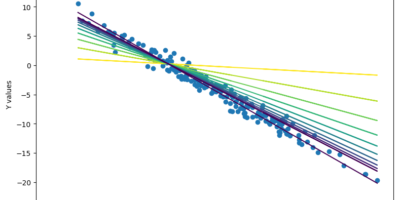On March 17, 2014, scientists from a collaboration of several universities and organizations announced that they had found evidence supporting the Big Bang theory as the origin of our universe. This evidence was found in gravitational waves dating back to the beginning of the universe itself.
The premise of the Big Bang theory relies on one statement: our universe is expanding. There is observational evidence indicating that this is true, such as redshift, and the specific distribution of light sources such as gamma-ray bursts and supernovae. Therefore if the universe is expanding, as we go back in time the universe must get smaller and smaller. If this is taken to its logical conclusion, then at the very beginning the universe must have taken up barely any space at all. However, if the laws of conservation of mass and conservation of energy are to be maintained, then this small space must have held the entire mass and energy of the universe.
The Big Bang theory at its core stipulates that the universe began as a singularity of infinite matter, density and temperature. Then, approximately 13.8 billion years ago, the universe suddenly began to expand at an extremely rapid pace. It has continued to expand ever since, until the present, thus accounting for the origins of our universe.
The Big Bang theory makes a lot of sense given the expansion of the universe, and as a result is widely accepted by the scientific community. However, a crucial piece of the theory remained unproven. Inflation refers to the period just after the beginning of time when the universe was expanding at an unimaginably fast rate. It is key to the Big Bang theory, but because it happened so long ago, and also because it happened in less than a trillionth of a second, there was no observational evidence supporting this, until now.
Researchers from the Harvard-Smithsonian Center for Astrophysics, the University of Minnesota, Stanford University, the California Institute of Technology, and NASA’s Jet Propulsion Laboratory have discovered certain light wave patterns that would have been left behind after the initial inflation period at the beginning of the universe. The researchers spent three years looking for these waves at the South Pole, which was chosen for its dry air and lack of light pollution, which helped in observations.
This is the first time that these waves have been observed by humanity, and also the first evidence we have of the inflation period. Though it’s possible that these waves are an entirely different phenomenon, the research team is confident that these light waves do in fact come from the Big Bang. As other researchers come out with their reports on these light wave patterns, a clearer picture will emerge. If this truly is evidence of the inflation period, then it is a historic step forward in our understanding of the origins of our universe.




Leave a Reply